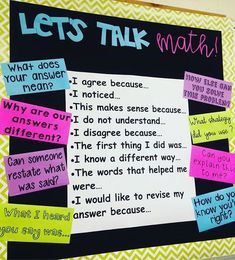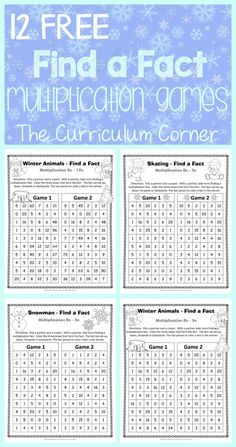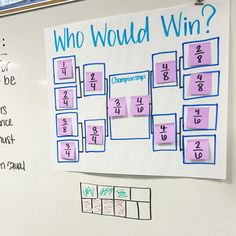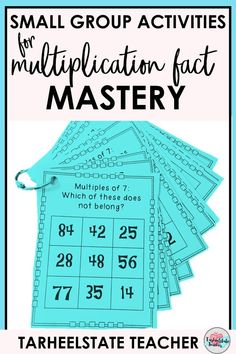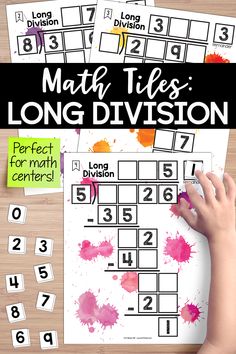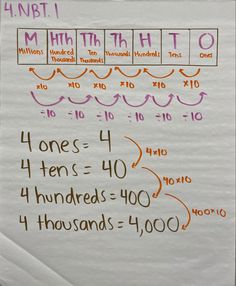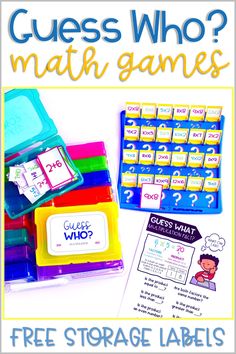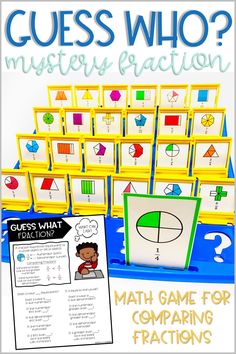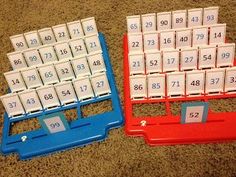The Power of NOT Giving the Answer - The Teacher Studio
The Power of NOT Giving the Answer...ever asked the students a question and let them stew on it for DAYS? Come check out today's blog post to see how I worked to REALLY get my students thinking about fractions--not just TELLING them about fractions.
The greatest fraction wins! This was a fun activity that my third graders did to practice comparing fractions. We did this after we covered same numerator comparisons and same denominator comparisons. 🖤 Students were broken up into groups and given a fraction. 🖤 They used their whiteboards to represent their fraction in multiple ways. 🖤 They also used the precut circles and strips on the board to represent their fraction. This is what they used to compare their fraction to another group’s ...
Routines for Developing Number Sense and Multiplication Fact Fluency — Tarheelstate Teacher
BUILDING NUMBER SENSE | MULTIPLICATION FACTS ROUTINES Rather than focus on memorizing multiplication facts, use these routines to improve number sense, understanding of patterns in multiples, and patterns in multiplication fact families. Ideas for multiplication facts interventions/RTI, multiplication activities for math groups, and teaching multiplication facts strategies, number sense games, number sense centers, number sense in 3rd grade, 4th grade, and 5th grade #4thgrade #5thgrade #teaching
Math Tiles: Long Division • Teacher Thrive
Long division math tiles is a hands-on activity that takes students’ thinking beyond procedures and rote memorization. This engaging resource activates critical thinking and problem-solving skills, all while developing algebraic thinking. Students must place 10 number tiles (0-9) on the Time to Tile cards to correctly complete the long division problems. This is perfect for math centers.
The greatest fraction wins! This was a fun activity that my third graders did to practice comparing fractions. We did this after we covered same numerator comparisons and same denominator comparisons. 🖤 Students were broken up into groups and given a fraction. 🖤 They used their whiteboards to represent their fraction in multiple ways. 🖤 They also used the precut circles and strips on the board to represent their fraction. This is what they used to compare their fraction to another group’s ...

